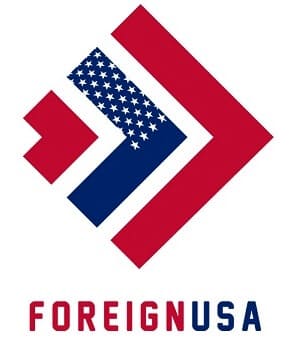Since the middle of the 19th-century states such as Kansas began to adopt their own official state symbols. State symbols have been a mainstay of U.S. culture since the very beginning. Official symbols are used to represent the cultural heritage and natural history of each state in the most fun way possible.
Kansas is the same as pretty much all other states and has an abundance of symbols that are indicative of the state’s historical roots and geological history. There are also recognizable icons and emblems for each state, such as state seals and flags, nicknames and mottos, and much more which we have included in our Kansas state symbol list.
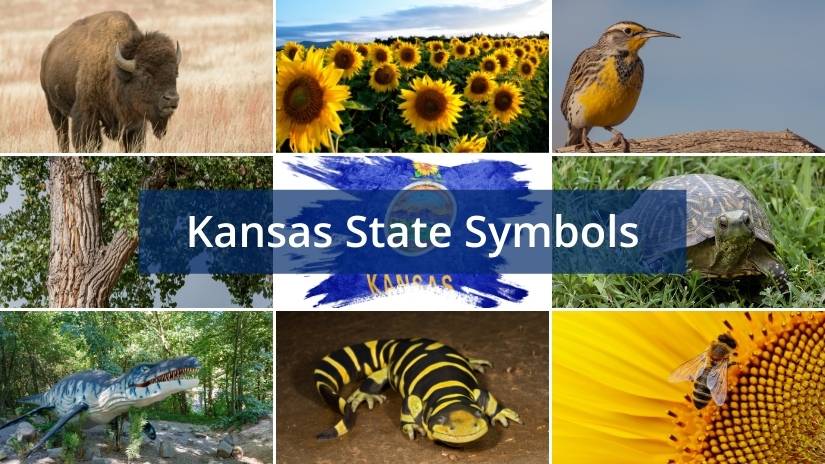
State of Kansas Symbols List
There are lots of state of Kansas symbols that in turn create a whole host of interesting facts, both from the past and present. We have shortlisted the top 6 most significant Kansas state symbols below and further down the page you will find a comprehensive table with each Kansas symbol and the date that they were officially enacted. You can sort the list by date order too, showing the most recently enacted symbols, or the oldest ones – it is a great resource.
Kansas State Animal
The giant yet elegant American Buffalo (Bison bison) became the official Kansas state animal in 1955. On the famous Kansas state flag and Kansas state seal you can see a Native American tribe hunting a herd of buffalo, you can see this scene on the state flag too. Additionally, you can see buffalo features on the U.S. Mint’s bicentennial commemorative Kansas quarter. It isn’t just Kansas that has adopted the buffalo as the state animal, both Wyoming and Oklahoma use the buffalo as their official state animal.
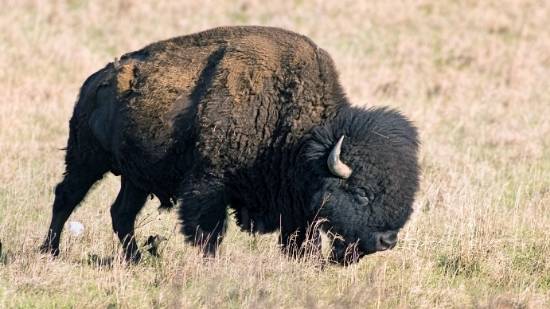
Kansas State Fossil
Some of Kansas’ symbols are incredibly unique, an example of this is the official state fossil. Most other states have not adopted an official state fossil, but Kansas has had one since 2014 when the Tylosaurus was made the official Kansas state marine fossil. These prehistoric creatures are closely related to modern-day reptiles, like lizards and snakes. The difference is that Tylosaurus’ were giant and resided in the sea, they were also feared predators during these times. They were thriving during the cretaceous period when a huge inland sea covered the majority of the area of Kansas.
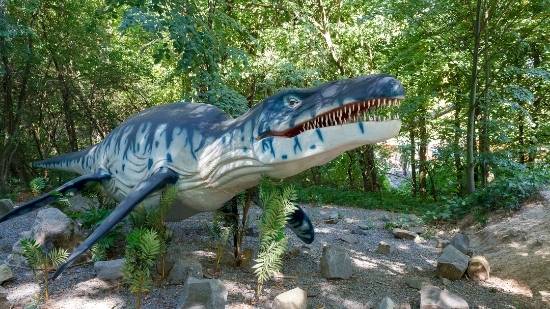
Kansas State Bird and Flower
When it comes to the Kansas state bird and flower, the Kansas State bird is the western meadowlark (Sturnella neglecta) and has been since it was originally adopted back in 1937. These beautiful songbirds are incredibly popular within North America, with an estimated 85 million residing in the wild. However, recent studies have noticed a population decline with them, fortunately, we can see the numbers increasing again over time.
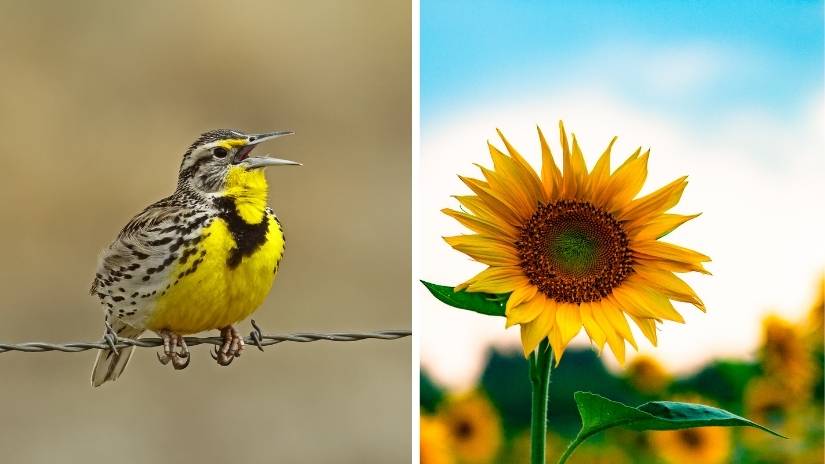
It probably comes as little surprise to see the wild native sunflower as the official state flower and also a floral emblem for Kansas! So, in 1903 the famous sunflower became the flower to represent the state. Kansas loves its sunflowers, which makes it unsurprising to see a sunflower feature on the Kansas quarter, state flag, and nickname!
Kansas State Seal
The symbols that appear on the official state seal of Kansas were stated by the first Kansas legislature in 1861, which was when Kansas officially became a U.S. state. The state seal features a rising sun that represents the east, with the river and steamboat symbolizing commerce, and the cabin and settler driving plow horses that represent agriculture within the state and the positive influence it has had on Kansas.
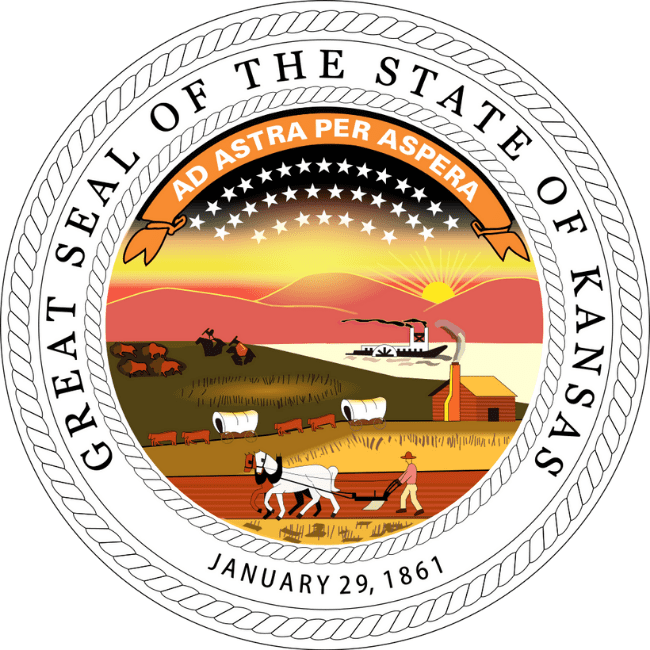
In the middle of the picture within the state seal you can see an Ox pulling a wagon west, and a herd of four Buffalo are being hunted down by two native Americans on horseback. Kansas’ official state animal is a Buffalo, being officially adopted in 1955. There was once millions of Buffalo (American Bison) scattered around the state of Kansas.
Kansas State Insect
The Kansas state insect is the honeybee and has been the official insect representative for the state since its adoption in 1976. The honeybee was adopted as the state insect in retaliation to a petition that was signed by more than 2,000 school children within the state. It isn’t just Kansas though, there are 16 other states that use the honeybee as their insect.
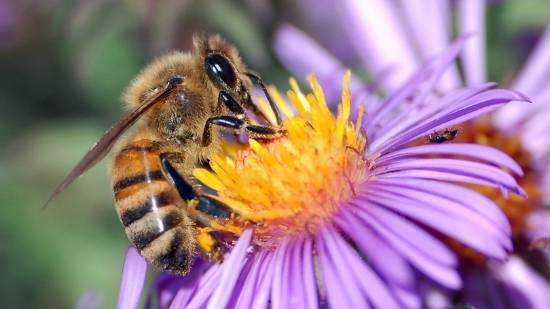
Kansas State Tree
Cottonwood has been the Kansas state tree since 1937. Cottonwoods can be found in abundance all across North America, and in particular, Kansas! However, Nebraska was the state to home the largest recorded cottonwood. Standing at 88 feet tall and 108 feet wide, this tree was approximately 316 years old when it eventually came to an end.
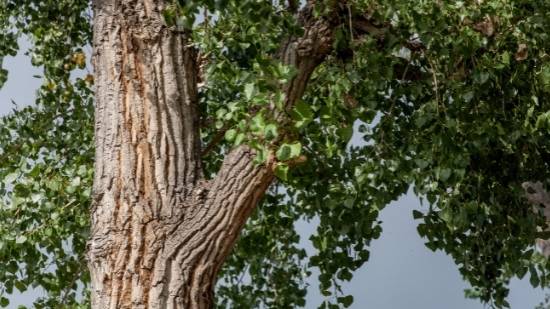
Kansas State Flying Fossil
The Pteranodon is the official Kansas state flying fossil and has been since 2014, which was the same year the state adopted an official marine fossil (Tylosaurus). They used to be impressive flying predators, huge in size too, with a wingspan of over 24 feet!
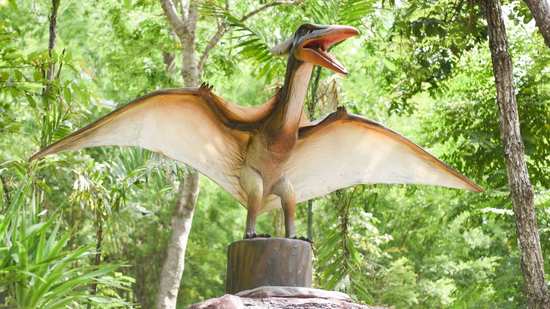
Kansas State Grass
The official state grass for Kansas is the native little bluestem grass and has been since it was adopted back in 2010. Little bluestem grass’ scientific name is Schizachyrium scoparium, and the plant is forage species, typically consumed by livestock, elk, and deer.

Kansas State Amphibian
The barred tiger salamander is an incredibly unusual yet awesome-looking amphibian and is also the official state amphibian of Kansas (since 1994). Their scientific name is Ambystoma mavortium and they can grow to around 14 inches in length.
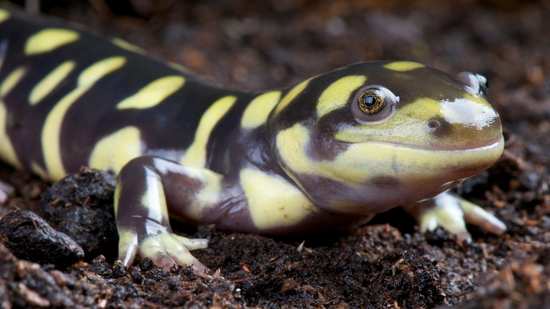
Kansas State Flag
The famous Kansas state flag was adopted in 1927 and features the official Kansas state seal on a dark blue background. Above the seal, you will see a crest, which features a sunflower and a twisted blue and gold bar. The sunflower represents the official state nickname and the blue and gold bar pays homage to the Louisiana Purchase.

Kansas State Reptile
The state reptile for Kansas was adopted in 1986 and is the ornate box turtle (Terrapene ornata). Its adoption is thanks to a sixth-grade class located in Caldwell, Kansas. What makes this turtle so unique is that it is considered to be a land turtle, preferring to reside on land than in an aquatic domain.
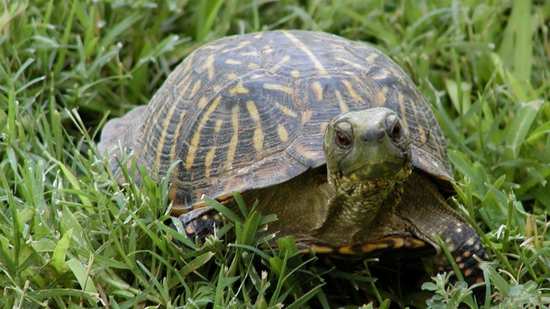
There are only two different species of land-dwelling turtles that reside on the Great Plains of North America, the other is called the eastern box turtle (Terrapene carolina carolina). Ornate box turtles tend to prefer prairies and pastures rather than forests, and they are typically found in South Dakota all the way to Arizona. In Kansas, it is completely illegal to take these turtles from the wild and keep them as pets – so, don’t get any ideas!
All Kansas State Symbols (Table)
Now that we have taken a look at some of the more popular and notable state symbols that are associated with the great state of Kansas, it makes sense to showcase all the Kansas state symbols that are best used to represent the state’s history and present achievements and moments. Here is the complete list of symbols and the dates they became official:
| Type Of Symbol | State Symbol | Year |
|---|---|---|
| Kansas State Amphibian | Barred Tiger Salamander (Ambystoma tigrinum mavortium Baird, 1850) | 1994 |
| Kansas State Animal | American Buffalo (Bison bison) | 1955 |
| Kansas State Bird | Western Meadowlark (Sturnella neglecta Audubon) | 1937 |
| Kansas State Flag | State and Civil Flag | 1927 |
| Kansas State Flower | Wild Native Sunflower (Helianthus) | 1903 |
| Kansas State Floral emblem | Wild Native Sunflower (Helianthus) | 1903 |
| Kansas State Flying fossil | Pteranodon | 2014 |
| Kansas State Grass | Little Bluestemadobe document (Schizachyrium scoparium)) Effective July 1, 2010 | 2010 |
| Kansas State Great seal | Kansas Great State Seal | 1861 |
| Kansas State Insect | Honeybee (Apis mellifera) | 1976 |
| Kansas State Language | English | 2007 |
| Kansas State Marine fossil | Tylosaurus | 2014 |
| Kansas State Reptile | Ornate Box Turtle (Terrapene ornata) | 1986 |
| Kansas State Soil | Harney Silt Loamadobe document | 1990 |
| Kansas State Song | "Home On the Range," as originally written, with words by Dr. Brewster Higley and music by Dan Kelly | 1947 |
| Kansas State Tree | Cottonwood | 1937 |
